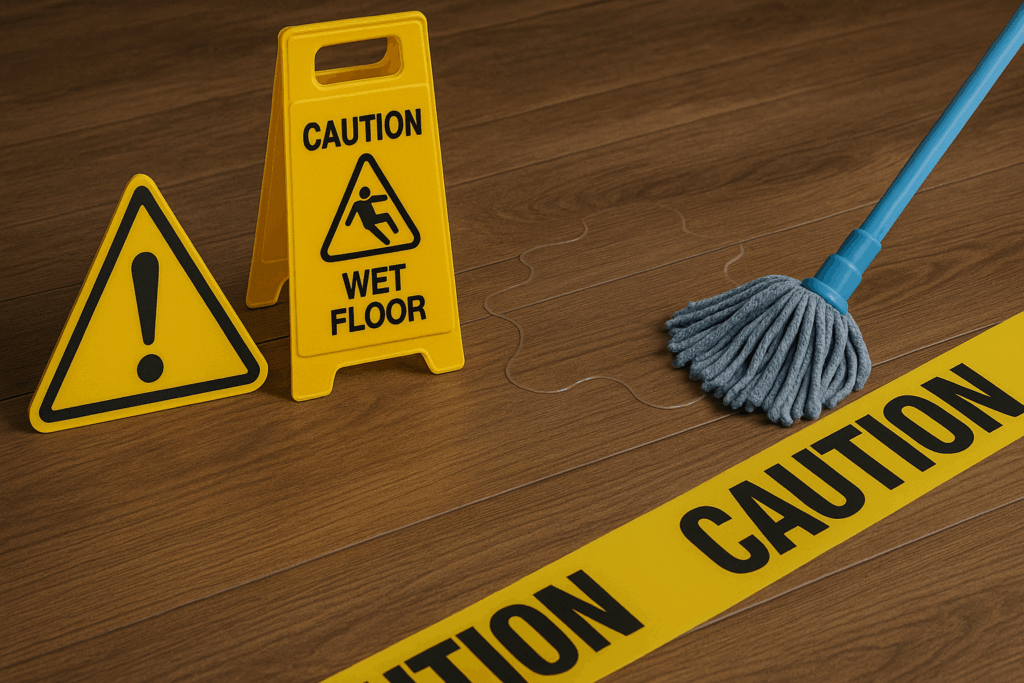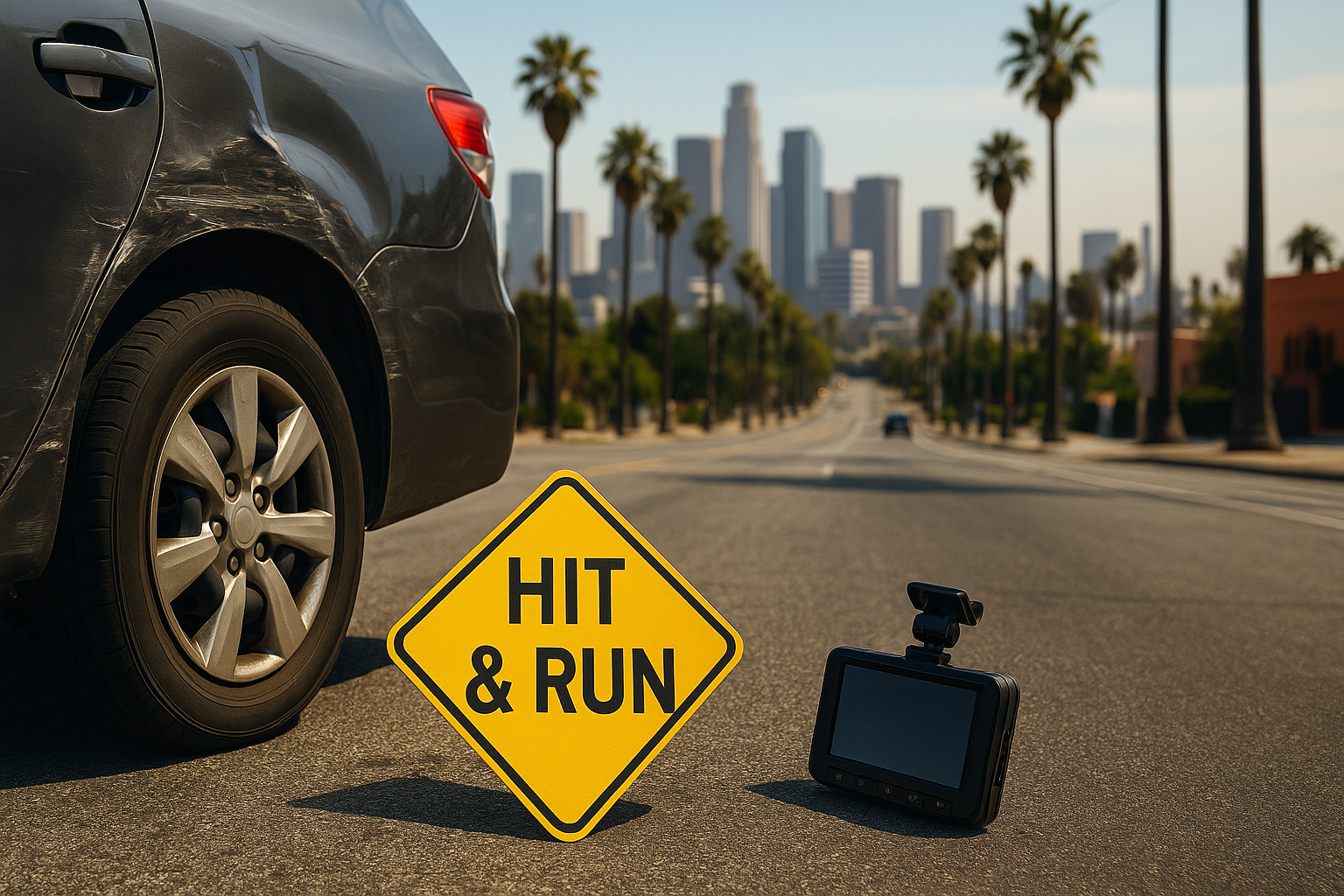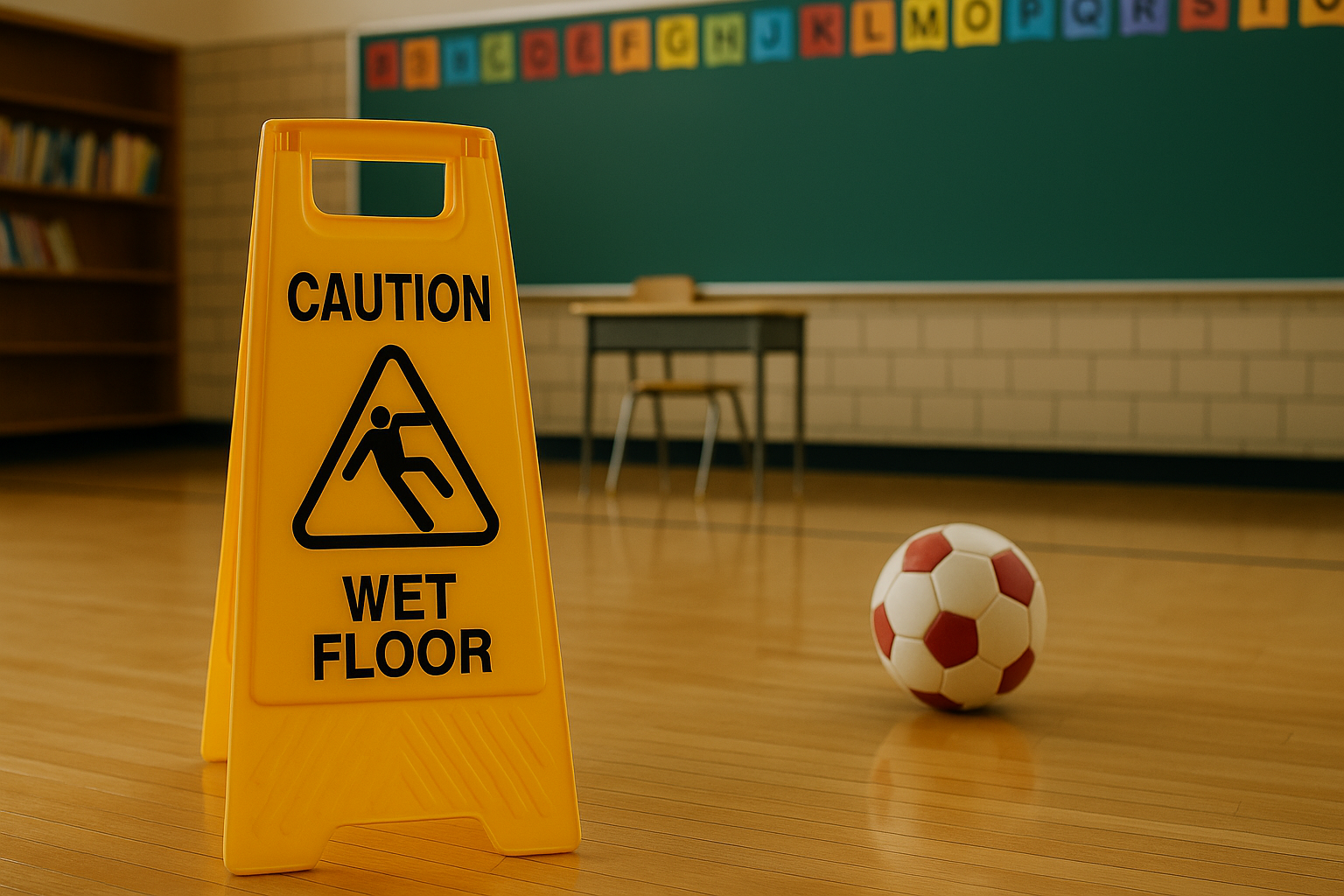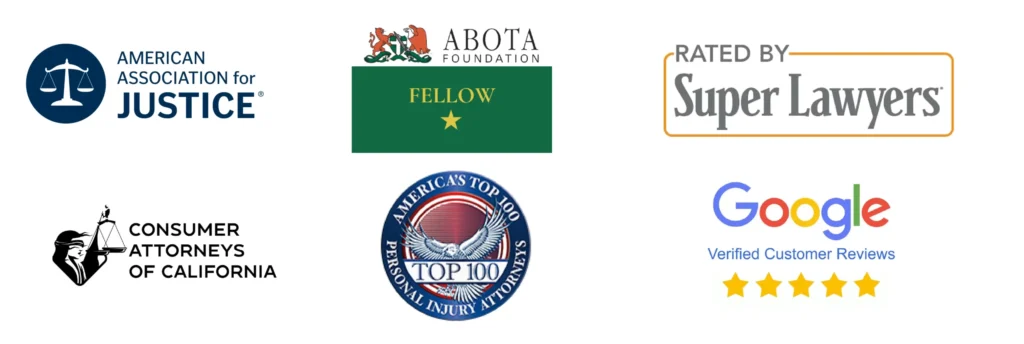When you suffer an injury on someone else’s property, knowing how to prove negligence in a premises liability case is crucial for protecting your rights. Many victims are unaware of what must be shown in court to hold property owners responsible.
This blog will break down the legal requirements, common challenges, and the steps you can take to build a strong claim. At Knapp Moss, we understand that proving negligence can be complex, but with the right legal guidance, you can pursue the compensation you deserve.
Understanding premises liability law
Premises liability law holds property owners responsible for maintaining safe conditions for those who enter their premises. Whether it is a private residence, commercial establishment, or public property, owners must ensure hazards are addressed promptly. Failure to do so can result in accidents and legal accountability.
This area of law focuses on the relationship between the visitor and the property owner. The duty of care may differ depending on whether someone is an invitee, licensee, or trespasser. Each category determines the extent of responsibility a property owner has toward preventing foreseeable harm.
Premises liability cases often arise from slip and falls, inadequate security, unsafe structures, or poorly maintained facilities. To prove negligence, the injured party must show that the property owner knew, or should have known, about the hazard and failed to take reasonable steps to correct it.
Steps to prove negligence in a premises liability case
To succeed in a premises liability claim, you must establish that the property owner’s negligence directly caused your injury. The process involves proving several key elements, each building upon the other.
Step 1: Establish the duty of care
The first step is to demonstrate that the property owner owed you a duty of care. This duty arises from the relationship between the owner and the visitor. Generally, property owners are required to maintain their premises in a reasonably safe condition and to take steps to protect those who are legally on their property.
The scope of this duty varies depending on whether you were an invitee, licensee, or trespasser. For instance, invited guests and customers typically receive the highest level of protection under the law.
Step 2: Prove a breach of the duty
Once duty is established, you must show that the owner failed to meet it. This is often the most contested element of a premises liability case. A breach can occur when the property owner creates a dangerous condition, ignores a known hazard, or fails to discover and correct it in a reasonable time.
Examples of breaches include:
- A wet floor left unmarked with no warning signs
- A broken stair or loose railing that goes unrepaired
- Poor lighting in hallways or stairwells that creates unsafe conditions
Step 3: Show causation
It is not enough to show that a dangerous condition existed. You must prove that the breach directly caused your injury. This involves linking the unsafe condition to the harm you suffered.
Courts typically look at two aspects: whether the injury would have occurred “but for” the unsafe condition, and whether the harm was a foreseeable result of that hazard. For example, a fall on a wet floor is foreseeable if the owner failed to address the spill.
Step 4: Prove actual damages
The final step is demonstrating that you suffered real losses because of the injury. Without damages, there is no valid premises liability claim.
Damages may include:
- Medical expenses, such as hospital bills, physical therapy, or future treatment
- Lost wages or diminished earning capacity
- Pain and suffering or loss of enjoyment of life
Detailed records, receipts, and professional testimony can help substantiate these losses.

Challenges victims often face
Pursuing a premises liability claim is not always straightforward. Victims often encounter several obstacles that can complicate their case and affect the outcome. The table below outlines some of the most common challenges and how they impact the process of proving negligence.
| Challenge | Explanation |
|---|---|
| Proving knowledge of the hazard | Victims must show the property owner knew or should have known about the dangerous condition. |
| Establishing duty of care | Determining the victim’s status as invitee, licensee, or trespasser influences the level of responsibility owed. |
| Collecting strong evidence | Without photos, witness statements, or reports, it becomes difficult to prove the hazardous condition existed. |
| Overcoming insurance defenses | Insurers may argue the victim was careless or exaggerated injuries to reduce payouts. |
| Delays in medical documentation | Gaps or inconsistencies in treatment records can weaken the credibility of injury claims. |
Why legal representation matters
Premises liability cases often involve complex legal standards and detailed evidence requirements. An experienced attorney understands how to gather the necessary proof, interpret the law, and build a strong argument that highlights the property owner’s negligence and the harm it caused.
Insurance companies frequently attempt to minimize payouts by shifting blame or disputing injuries. A skilled lawyer can negotiate on behalf of victims, ensuring their rights are protected and that settlement offers truly reflect the physical, emotional, and financial impact of the accident.
Legal representation also provides peace of mind throughout the process. Attorneys manage deadlines, filings, and courtroom procedures while guiding clients through each stage of the claim. This support allows victims to focus on recovery while knowing their case is in capable hands.
Learn More: What Happens During a Free Legal Consultation?
Wrapping up with trusted support
Proving negligence in a premises liability case requires careful evidence gathering, legal knowledge, and persistence. Without skilled representation, property owners and insurers may try to shift blame or minimize your damages.
At Knapp Moss, our attorneys are experienced in handling complex premises liability claims and know how to build strong cases for our clients. If you or a loved one has been injured due to unsafe property conditions, we are here to guide you every step of the way.
Contact Knapp Moss today for a free consultation and let us fight for the compensation you deserve.
Frequently Asked Questions
Premises liability negligence occurs when a property owner fails to maintain a safe environment, and someone is injured as a result.
Yes, evidence such as photos, witness statements, and medical records is critical to proving negligence and damages.
The time limit, called the statute of limitations, varies by state. In California, it’s generally two years from the date of injury.




